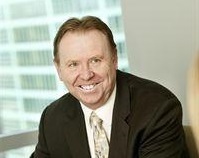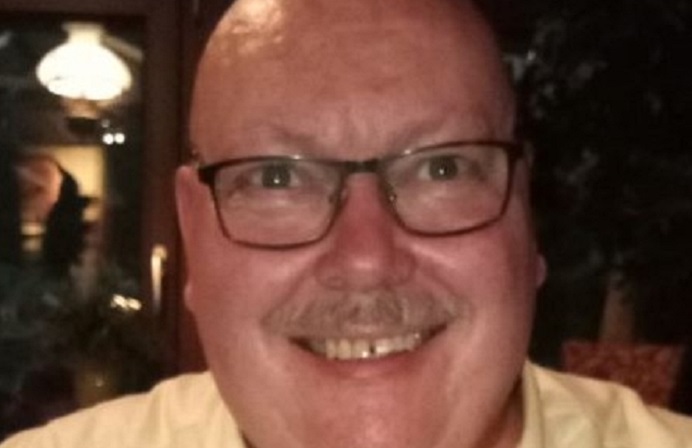
JACKSON: At the outset, the role of CIO is evidently influential at IAG as the appointment of your predecessor, David Issa, to CEO level bears out. How do you see the role of CIO positioned within IAG and can you give us a sense of the scope of your strategic involvement in the business beyond IT?
HOWARD: The CIO role is one that is constantly changing and at IAG it’s no different. I took on this role at the same time as we moved our Australian applications teams into the core operating businesses which changed the nature of the role. Recently we have created a shared services division and the CIO role is now part of that function. These changes have all been made to ensure that our operating units have as much end to end control over their businesses as possible. My role is now more about trying to influence the businesses to maintain alignment with our overall technology direction, identifying opportunities to share systems and capability and providing advice on major business initiatives. I also retain direct responsibility for all shared technology functions. One of the great things about our business is that technology is a significant component of just about every project or initiative. That presents a challenge as you can’t be personally involved in everything, so a key aspect of the role is to focus on those things that are going to make a step-change in the business or initiatives where we are introducing something new. I am also fortunate that the most senior executives in the company understand the role technology plays for them and are not reluctant to use me or the technology functions to get what they need.
JACKSON: Insurance Australia Group (IAG) comprises a number of leading Australian and international insurance brands including NRMA Insurance, CGU, SGIO (Australia); NZI and State (New Zealand); Equity Red Star and Hastings Direct (United Kingdom); and NZI and Safety (Thailand). How is the technology services function within IAG organised to effectively support these diverse businesses?
HOWARD: We operate under a federated model with each major operating division responsible for their own technology. In Australia, we operate a shared services model for infrastructure across Australia and parts of our New Zealand operation, and for applications supporting our Finance, Risk and HR functions. We have a group wide strategy and architecture function that provides support to all our businesses. We continually assess our operations to seek opportunities to leverage scale and expertise and identify components or systems that can be used elsewhere. We do not take an aggressive approach to integration of smaller, off-shore acquisitions – rather we look to assist them building and leveraging capability as our initial objective. Our approach gives businesses the control they need over the things that matter most to them and ensures we share components where it makes good business sense.
JACKSON: With such an extensive mandate, it is vital that the IT function has strong relationships with its external technology partners. What are the elements crucial to ensuring these relationships work productively?
HOWARD: First and foremost we are very selective about keeping the number of genuine strategic vendors or partners low, probably to the chagrin of many. That allows us to sustain higher quality, deeper relationships that we believe are better for both parties. A shared understanding of both parties’ objectives is also important, after all, both are commercially oriented. That’s also a reason to keep the numbers low – we aren’t about to share our inner-most secrets with everyone who knocks on the door! In my experience this willingness to share has delivered us better outcomes over the long term. Obviously the people involved need to be able to work together, no different to any relationship. Having a vendor that understands our culture is therefore a key to our mutual success. We are also look for organisations that have a strategy that has a strong alignment with the general insurance sector coupled with a reputation for delivery. And finally, we have to be satisfied that our partners are delivering value, and the challenge here is how to be objective about that assessment and measure it in terms that are meaningful to the specific relationship.
JACKSON: Throughout your career you’ve seen the positives and negatives of both outsourcing and insourcing. Going forward, where do you see organisations such as yours striking a balance between the two in order to achieve maximum efficiency?
HOWARD: Most organisations would agree that today there is no “one size fits all” approach to sourcing – be it insource, outsource, co-source, right-source or whatever descriptor you choose to apply. In my view, our technology is a core capability that can help us drive differentiation and therefore it’s unlikely that I’d recommend a total outsourcing for IAG. What we do is continue to look for the best ways to deliver solutions that enable IAG to compete. And while efficiency is important, effectiveness is an equal consideration, and that’s the balance I think about more than the actual delivery model. My experience on both sides of the sourcing fence is that the quality of the relationship is paramount. When I look at those parts of our business that have had successful outsourcing arrangements, there is no doubt that the relationships are strong, they are trusted by the business and seen as an integral part of the value chain. The other factor that is becoming increasingly significant is accessing capability in what seems to be an ever-shrinking pool of talent. So while our preference may be to do most of our work internally, the reality is that our employee proposition will need to be outstanding if we are to attract and retain the people with the skills we need. More and more we find ourselves combining with our key suppliers to jointly deliver solutions and that helps us manage that talent gap reasonably well at this stage.
JACKSON: A significant area of expertise for you is steering organisational change. In your experience, what are the three criteria you believe are integral to successfully managing shifts in corporate direction?
HOWARD: There’s no magic formula for success when it comes to change programs. We’ve all had experiences of things that work really well on one program only to find it fail miserably the next time around. Being able to adapt a program as you go and not become a slave to a process or methodology is the thing I believe is most important. It’s also why I am a big proponent of using in-house skills wherever possible. If I was to try and distil it to 3 things then it would be along these lines:
- Vision. Have a clear understanding of where you want to be. That could be a succinct vision statement, although I am sceptical about most of those; or it could be a well-communicated set of principles or objectives. The key is to ensure that the desired state is talked about consistently, at every opportunity and, in terms that are meaningful to the various stakeholders. Make the messages simple and unambiguous. Your vision needs to be believable and properly aligned with the organisation’s strategic direction. Change programs are often a fantastic opportunity to take that nebulous corporate strategy, that is understood by few, and turn it into something that has real meaning and support.
- Communication. It’s clichéd, I know, but we’ve seen plenty of great ideas fail because they could not be prope





